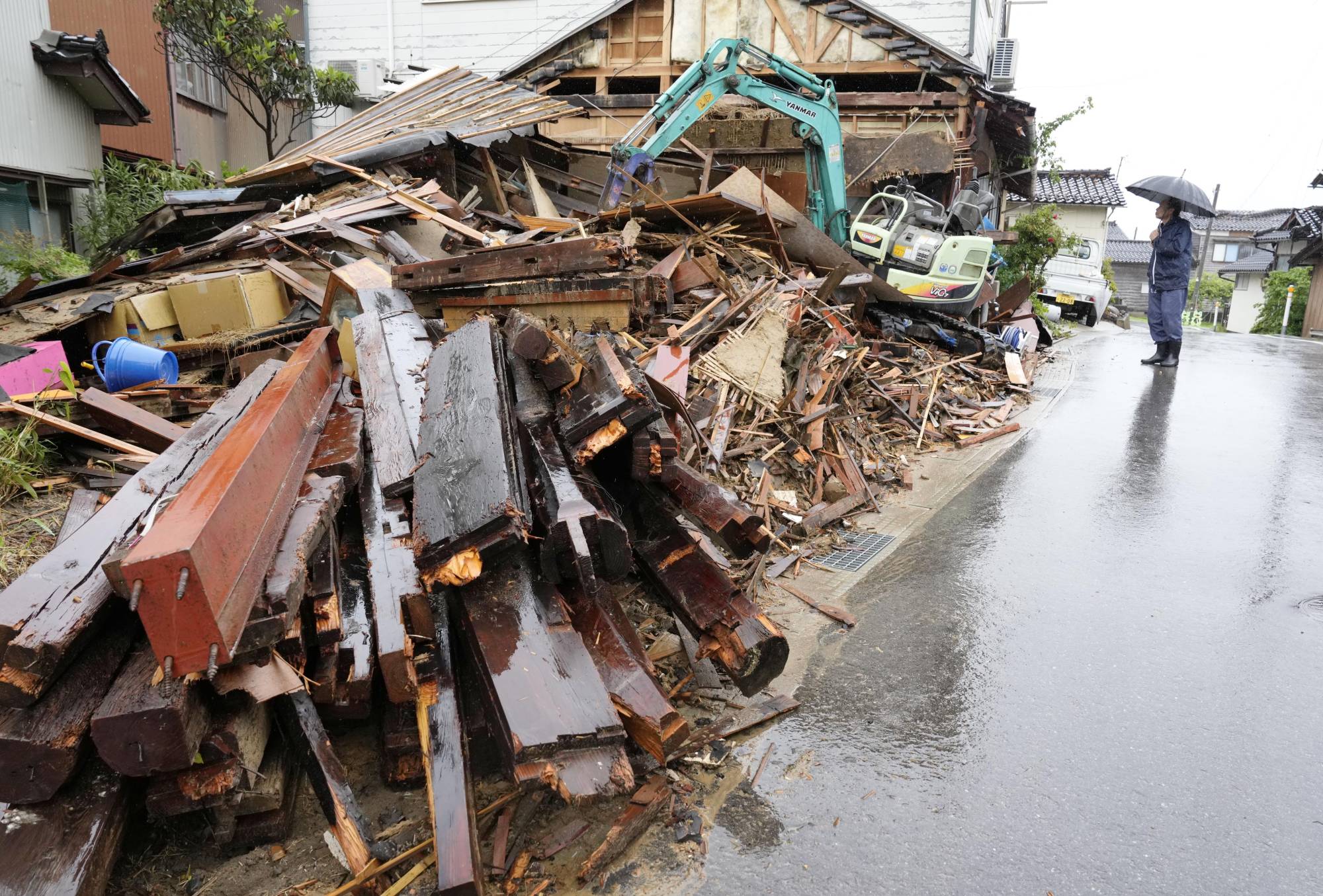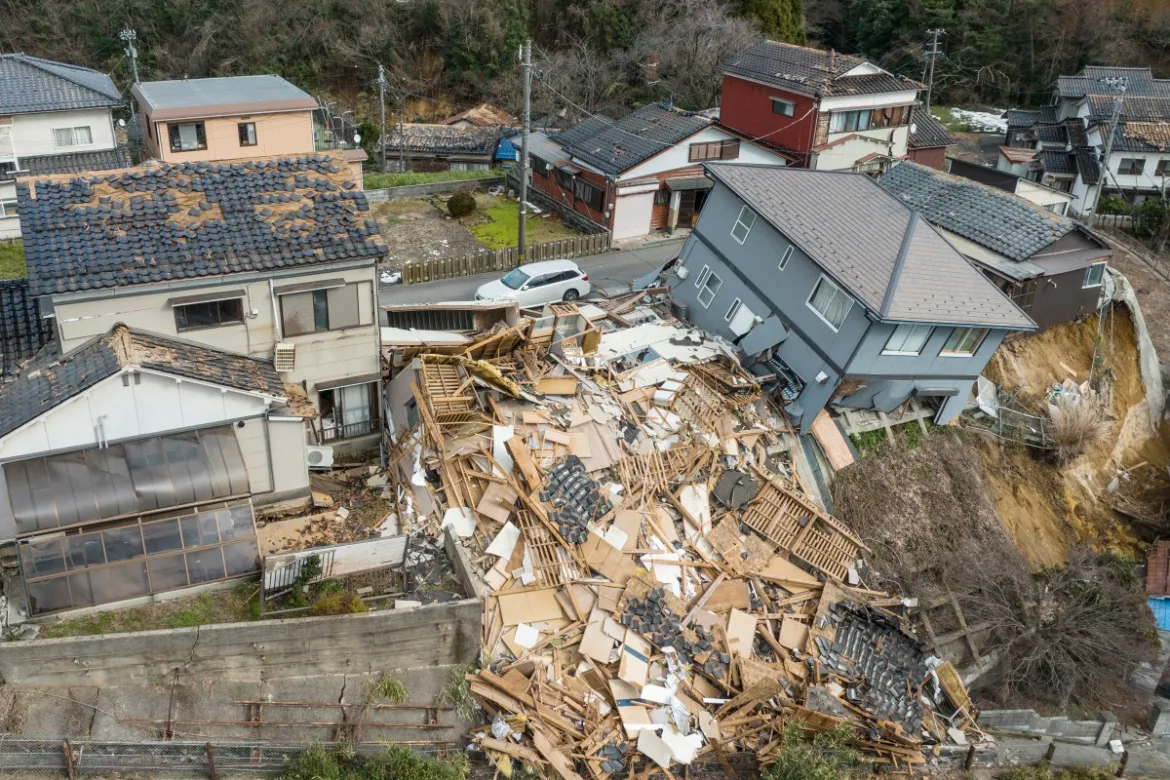Nestled along the Pacific Ring of Fire, Japan is no stranger to seismic activity. Earthquakes are a part of the daily reality for this island nation, prompting a proactive and resilient approach to disaster preparedness. In this blog, we explore how Japan, despite facing the constant threat of earthquakes, has become a global model for earthquake readiness and response.
Understanding Japan's Seismic Landscape The Pacific Ring of Fire:

Japan's location along the Pacific Ring of Fire exposes it to frequent earthquakes and volcanic activity. This geological reality has shaped the nation's history, culture, and infrastructure.
The Great East Japan Earthquake:
The devastating 2011 earthquake and tsunami, known as the Great East Japan Earthquake, served as a catalyst for renewed focus on earthquake preparedness and disaster resilience.
Building Resilient Infrastructure Seismic Building Codes:
Japan has some of the strictest seismic building codes globally, ensuring that structures are designed to withstand the impact of earthquakes. This includes shock absorbers, base isolators, and flexible materials to absorb and dissipate seismic energy.
Early Warning Systems:
Japan boasts a sophisticated early warning system that can detect seismic activity and send alerts seconds to minutes before the shaking begins. This advanced warning allows people to take cover, trains to stop, and utilities to shut down, minimizing the impact of earthquakes.
Community Preparedness and Education Regular Drills and Simulations:
Communities across Japan conduct regular earthquake drills and simulations to prepare residents for the eventuality of a seismic event. These drills include evacuation procedures, first aid training, and communication protocols.
Education in Schools:

Earthquake preparedness is ingrained in the education system, with schools conducting routine drills to ensure that students and teachers know how to react during an earthquake. This knowledge is then carried into homes, creating a culture of preparedness.
How To Use Technology in the Classroom
Ongoing Research and Innovation Seismological Research:
Japan invests heavily in seismological research to better understand earthquake patterns and improve prediction models. This ongoing research contributes to the development of more effective early warning systems.
Technological Innovations:
Technological advancements, such as smart infrastructure and earthquake-resistant materials, continue to enhance Japan's ability to withstand seismic events. Innovations in construction methods and materials play a crucial role in minimizing damage.
Conclusion:
Japan's unwavering commitment to earthquake preparedness and resilience has positioned it as a global leader in disaster management. By embracing a holistic approach that includes robust infrastructure, advanced warning systems, community education, and ongoing research, Japan stands as a testament to the power of proactive measures in the face of natural disasters. The world can draw valuable lessons from Japan's experience to better prepare for and respond to seismic events.







